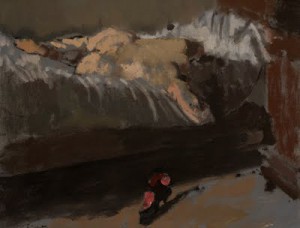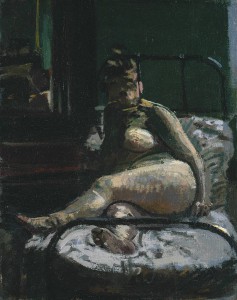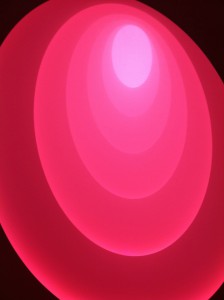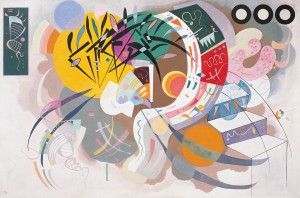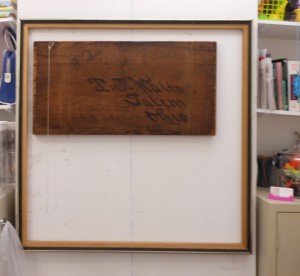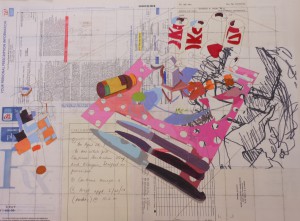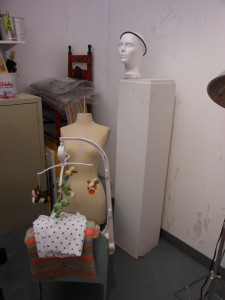One of my favorite British painters is Walter Sickert, whose life spanned the period from the Impressionists to World War II. The son and grandson of artists, as a young man he studied with James McNeill Whistler and learned to paint alla prima. For the rest of his life he painted only what he could look at, or see in photos. Later, one of his students was Lucian Freud.
I was a little surprised, ten years ago, when mystery writer Patricia Cornwell accused Sickert in her book Portrait of a Killer: Jack the Ripper – Case Closed. After years of admiring his work in the British Art Center at Yale, it took me awhile to get my head around the idea. Then out of the blue Steven Sheehan, one of my painting teachers, said that “artists have always known” that Sickert was the Ripper.
The evidence is circumstantial. Sickert was one of the Camden Town Painters – Camden Town being the location of the Ripper’s murders. As he travelled back and forth to France, murders seemed to follow in his wake. And most importantly, he established a strong connection to the police so that he was often the first person they called when a Ripper victim was found. He was allowed into the crime scenes to draw the victims before the scenes were examined or cleaned.
Whether or not Sickert was the actual Ripper or just obsessed with his crimes, he spent most of his life outside of conventional norms. Would his paintings still be so well-known without the added frisson of murderous possibilities? They are wonderful paintings, but most wonderful paintings are lost or forgotten 100 years later.
I have to admit that, based on nothing, I now think of Sickert as a murderer. But does that indict all of us who are addicted to criminal trials, detective movies, and violent video games? We may not be killers, but we enjoy the results of violent crime – perhaps too much.
I also have to admit that, when pushed, I try to access the blackest side of myself to put into my work. We need light in order to see the dark, but it is the dark that fascinates us. So maybe Walter Sickert wasn’t a killer. Maybe he was. The possibility creates an edge of evil in paintings that might otherwise seem innocent. Did having the soul of a killer improve his art? If so, count me in.
I like happy books and happy music. But I like brutal art. And I’m working my way toward making my own art more sinister.


